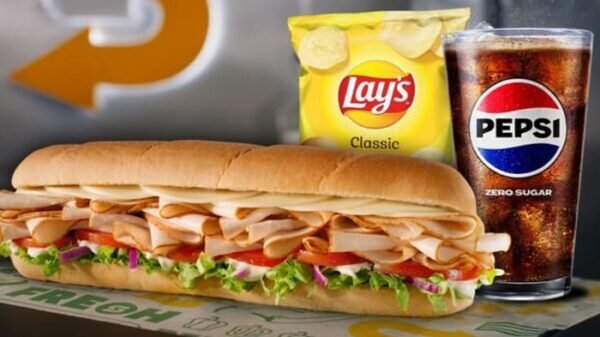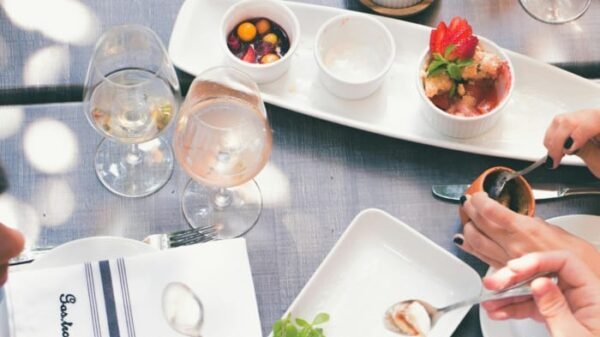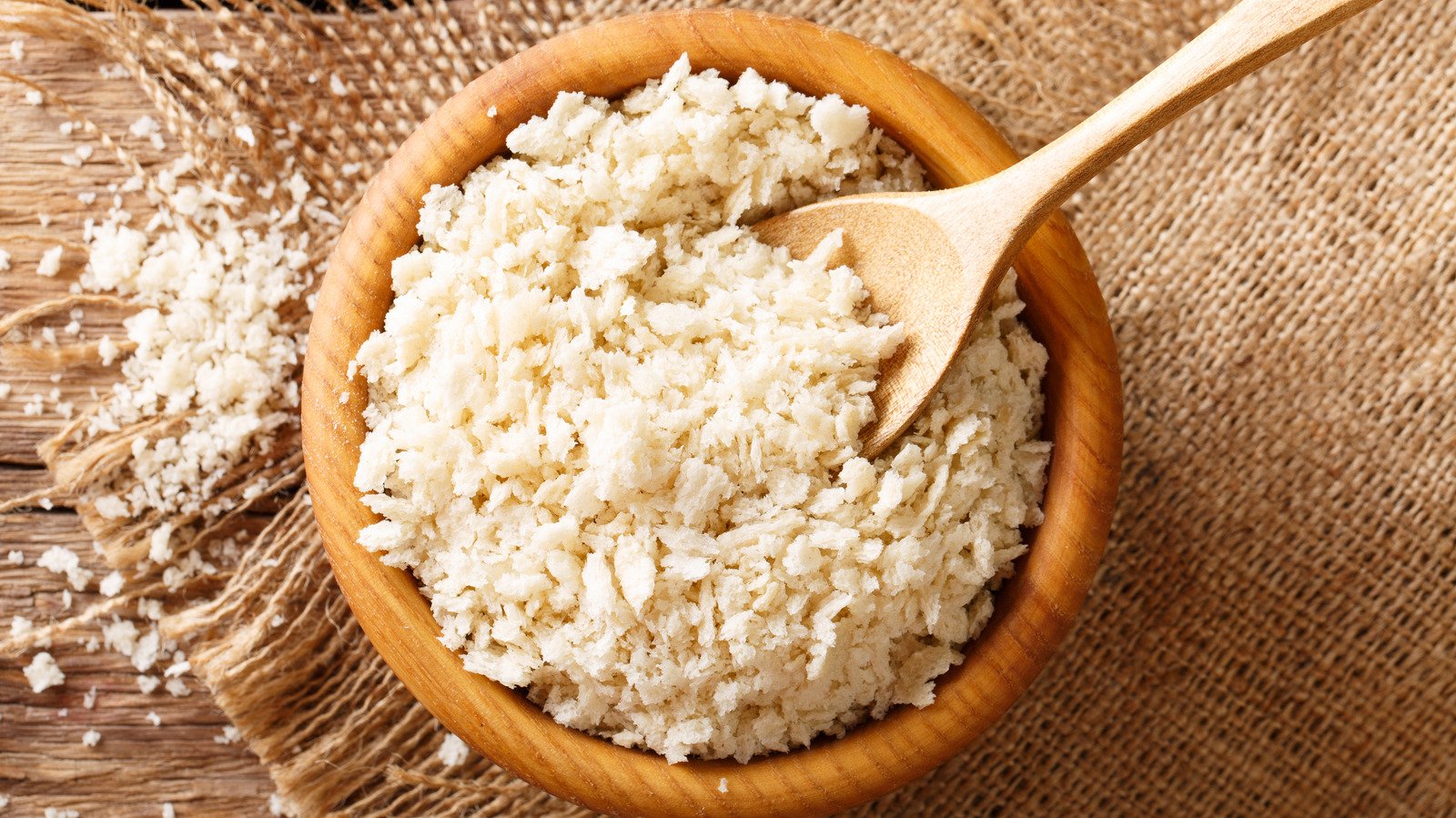Breadcrumbs And Panko Are Actually Not Interchangeable
When it comes to cooking and baking, every ingredient has its own unique characteristics that contribute to the overall taste and texture of a dish. Breadcrumbs and panko are two popular ingredients used for coating and adding crunch to various recipes. While they may seem similar at first glance, it’s important to note that breadcrumbs and panko are actually not interchangeable. In this article, we will explore the differences between these two ingredients and why it matters in your culinary adventures.
What are breadcrumbs?
Breadcrumbs are made by grinding up dried bread into small pieces. They come in various forms, including fresh breadcrumbs, dried breadcrumbs, and flavored breadcrumbs. Often, stale bread is used to make breadcrumbs as it results in a finer and more even texture. Breadcrumbs have a light, airy texture and are commonly used as a coating for fried or baked foods, as a filler in meatballs or meatloaf, or as a thickener in soups and sauces.
What is panko?
Panko, on the other hand, is a type of Japanese breadcrumb. It is made by grinding toasted bread without crusts into coarse flakes. Panko has a distinct texture that sets it apart from regular breadcrumbs. Unlike traditional breadcrumbs, panko is lighter, crispier, and absorbs less oil during frying. Panko is often used in Japanese cuisine, especially for dishes like tonkatsu (breaded and deep-fried pork cutlet) and tempura, where a light and crispy texture is desired.
Texture and absorption
The main difference between breadcrumbs and panko lies in their texture and ability to absorb liquids, such as oil or sauces. Regular breadcrumbs have a fine texture and tend to absorb more moisture, resulting in a softer coating when fried or baked. On the other hand, panko has a coarse, jagged texture that allows for a lighter and crunchier coating. This makes panko a preferred choice when you want a crispy texture in your dishes.
Additionally, panko absorbs less oil compared to traditional breadcrumbs. This means that when you fry food coated with panko, it will retain its crispiness without becoming greasy. It is worth noting that if a recipe specifically calls for panko, substituting it with regular breadcrumbs may lead to a different texture and taste.
Cooking applications
Both breadcrumbs and panko can be used for coating and adding texture to a wide range of dishes, but their unique characteristics make them better suited for specific recipes.
Regular breadcrumbs are great for meatballs, meatloaf, and casseroles, where a softer texture is desired. They also work well as a binder in recipes like crab cakes or veggie burgers. Try mixing breadcrumbs with herbs and spices to add a flavorful punch to your dish.
Panko, on the other hand, is perfect for creating a crispy coating on fried or baked foods. Its light texture makes it an excellent choice for dishes like fried chicken, onion rings, or even macaroni and cheese. Panko also adds a delightful crunch as a topping for gratins or as a binder in crab cakes.
Flavor and seasoning
Another important consideration when choosing between breadcrumbs and panko is their flavor and seasoning. Regular breadcrumbs are often seasoned with herbs, spices, or even cheese, adding an extra layer of flavor to your dish. On the other hand, panko is generally unseasoned, making it a versatile ingredient that can be used in both savory and sweet recipes.
Availability and storage
You can find both breadcrumbs and panko in most grocery stores, but there might be some variations in availability depending on your location. Regular breadcrumbs may come in different forms, such as fresh or dried, while panko is typically found as dried flakes.
When it comes to storage, both breadcrumbs and panko should be kept in an airtight container in a cool, dry place. They can also be stored in the refrigerator or freezer to prolong their shelf life. Just make sure to bring them back to room temperature before using to avoid any moisture buildup.
Conclusion
While breadcrumbs and panko may seem like similar ingredients, it is important to recognize their unique characteristics and understand when to use each one. Breadcrumbs offer a softer texture and absorb more moisture, making them suitable for dishes like meatballs or meatloaf. On the other hand, panko provides a crispy and light coating, perfect for fried or baked foods. Understanding their differences will allow you to achieve the desired texture and flavor in your culinary creations, elevating your dishes to the next level.
*Source www.foodrepublic.com




































